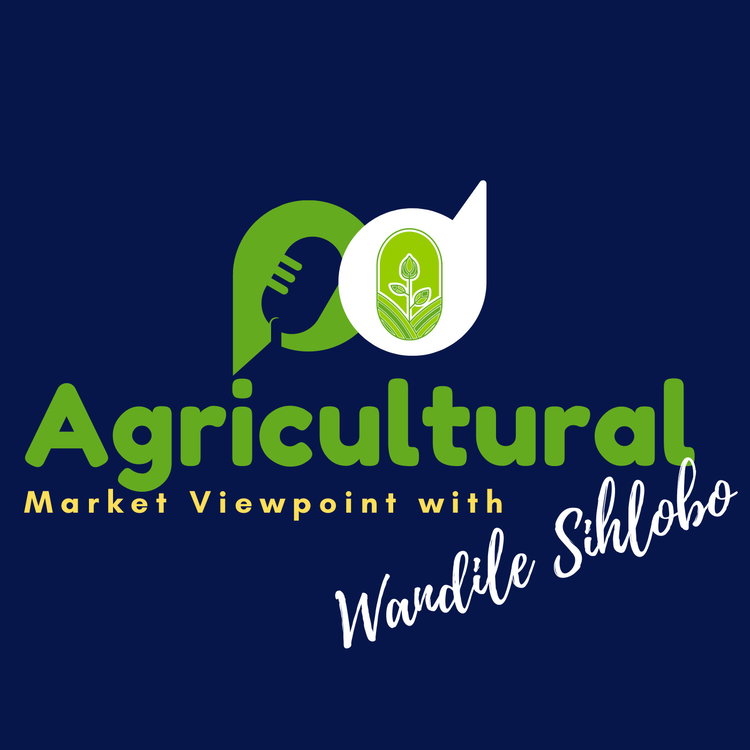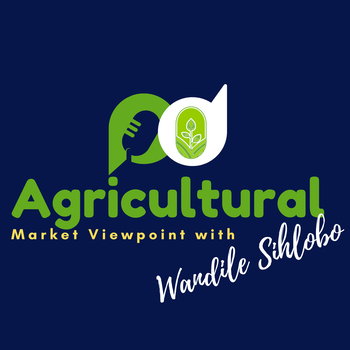
SA must work to diversify its agricultural export markets
Loading player...
South Africa was not spared of the "Liberation Day" tariffs announced by US President Trump against various countries. South Africa will face tariffs between 10% and 31% in the US for all products. The specificity of by-products is not yet clear.
We know now that a baseline tariff of 10% will apply to imports from all countries. It remains unclear if there are differences in the remaining 21% (that makes up the rest of the 31%) duties levied against South Africa.
Under this environment, it is prudent to assume that South Africa will be out of the AGOA (the African Growth and Opportunity Act), which afforded us duty-free access to the US for a range of products, including the auto industry and agriculture.
We suspect there may be some differences product by product, but that will be clear as soon as the US authorities release more information. We know that the reciprocal tariffs will generally range from 10% to 60% (and to 31% in the case of South Africa). The exact levy will be based on what the White House Council of Economic Advisers thinks is the sum of tariffs and non-tariff barriers on US goods to a specific country.
Indeed, some products face higher tariffs in the South African market, but there are rebates through the International Administration Commission of South Africa (ITAC) to assist any country that requires relief. South Africa is arguably amongst the countries with the lowest tariffs, which some local stakeholders have previously argued was a policy mistake at the onset of South Africa rejoining the global economy after 1994, following years of isolation.
The details of how the various domestic industries engage with this will also be precise in the coming days and weeks. But what I must stress regarding agriculture is that the US accounted for 4% of the total US$13,7 billion in exports in 2024. While this may seem small, it is significant for specific industries, particularly citrus, grapes, wine, and fruit juices. Since the inception of AGOA, South Africa's share of agricultural exports to the US has remained at similar levels.
With a 31% tariff now, while South African agricultural competitors such as Brazil, Chile, and Australia will face only 10% of the tariff, we will surely face a competitiveness problem in the US market. And yes, the tariff is a tax on the US consumer, not South Africa. However, it affects South African products' penetration rate in these markets.
It may not be easy, and diverting products to other friendly markets will take time. Still, this should be the main preoccupation of the Department of Agriculture, assisted by the Department of Trade, Industry and Competition. The Middle East and Asia should be the primary focus for South Africa to build access, mainly in China, India, and Saudi Arabia.
Listen to the podcast for more insights.
Richard Humphries and Sam Mkokeli produce this podcast.
We know now that a baseline tariff of 10% will apply to imports from all countries. It remains unclear if there are differences in the remaining 21% (that makes up the rest of the 31%) duties levied against South Africa.
Under this environment, it is prudent to assume that South Africa will be out of the AGOA (the African Growth and Opportunity Act), which afforded us duty-free access to the US for a range of products, including the auto industry and agriculture.
We suspect there may be some differences product by product, but that will be clear as soon as the US authorities release more information. We know that the reciprocal tariffs will generally range from 10% to 60% (and to 31% in the case of South Africa). The exact levy will be based on what the White House Council of Economic Advisers thinks is the sum of tariffs and non-tariff barriers on US goods to a specific country.
Indeed, some products face higher tariffs in the South African market, but there are rebates through the International Administration Commission of South Africa (ITAC) to assist any country that requires relief. South Africa is arguably amongst the countries with the lowest tariffs, which some local stakeholders have previously argued was a policy mistake at the onset of South Africa rejoining the global economy after 1994, following years of isolation.
The details of how the various domestic industries engage with this will also be precise in the coming days and weeks. But what I must stress regarding agriculture is that the US accounted for 4% of the total US$13,7 billion in exports in 2024. While this may seem small, it is significant for specific industries, particularly citrus, grapes, wine, and fruit juices. Since the inception of AGOA, South Africa's share of agricultural exports to the US has remained at similar levels.
With a 31% tariff now, while South African agricultural competitors such as Brazil, Chile, and Australia will face only 10% of the tariff, we will surely face a competitiveness problem in the US market. And yes, the tariff is a tax on the US consumer, not South Africa. However, it affects South African products' penetration rate in these markets.
It may not be easy, and diverting products to other friendly markets will take time. Still, this should be the main preoccupation of the Department of Agriculture, assisted by the Department of Trade, Industry and Competition. The Middle East and Asia should be the primary focus for South Africa to build access, mainly in China, India, and Saudi Arabia.
Listen to the podcast for more insights.
Richard Humphries and Sam Mkokeli produce this podcast.

